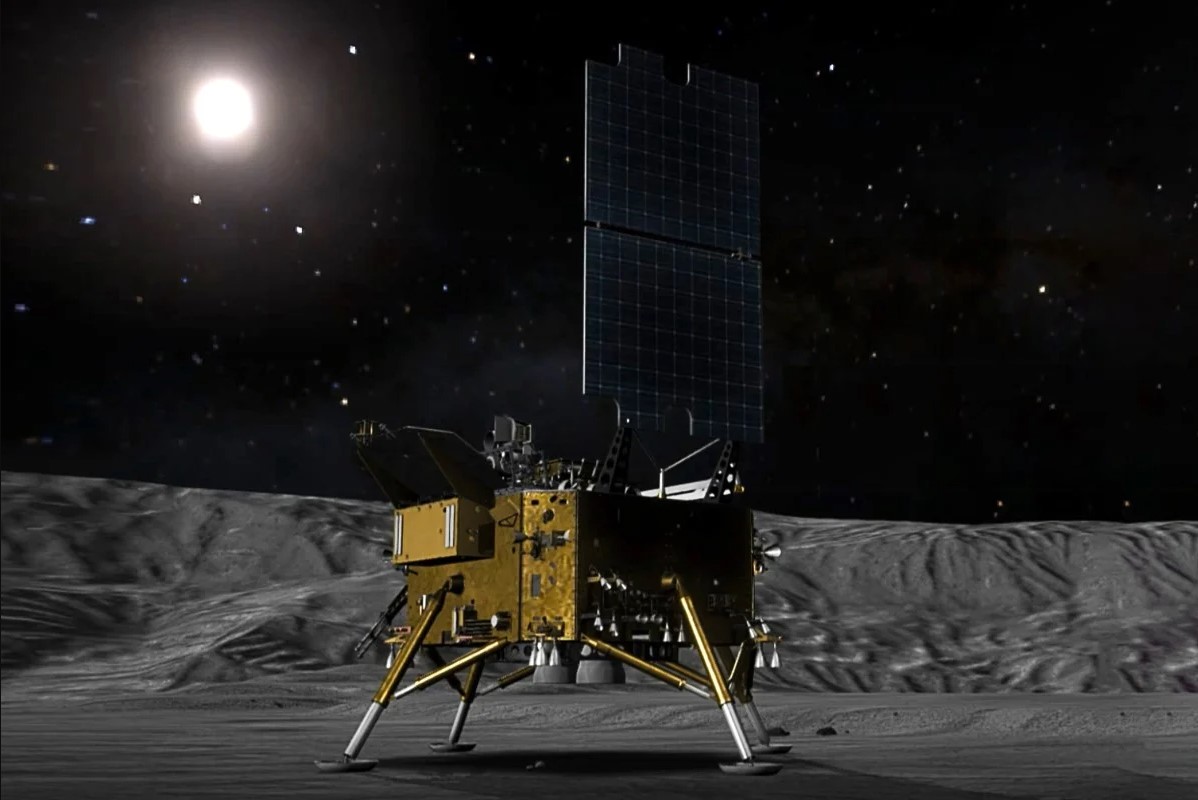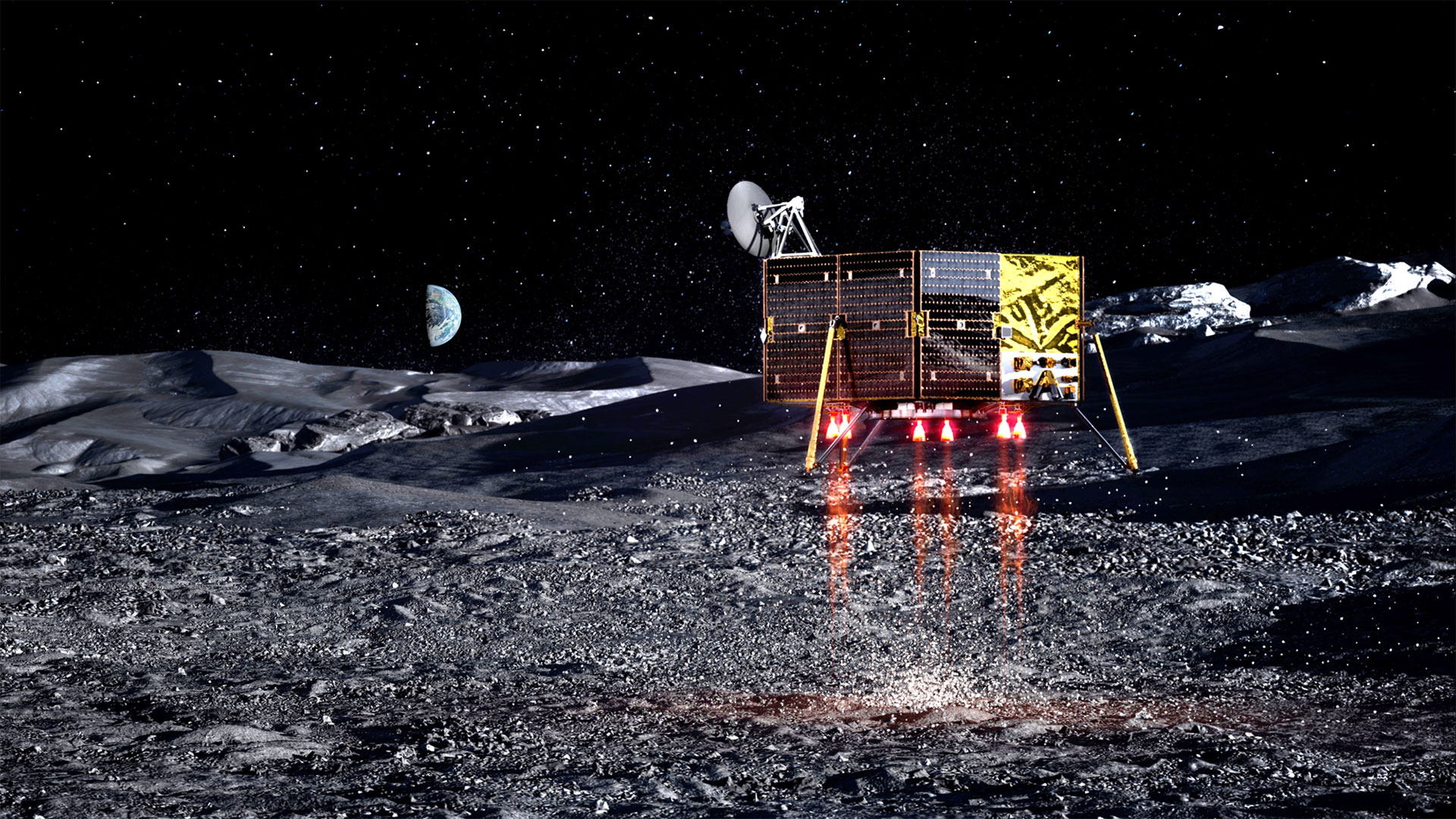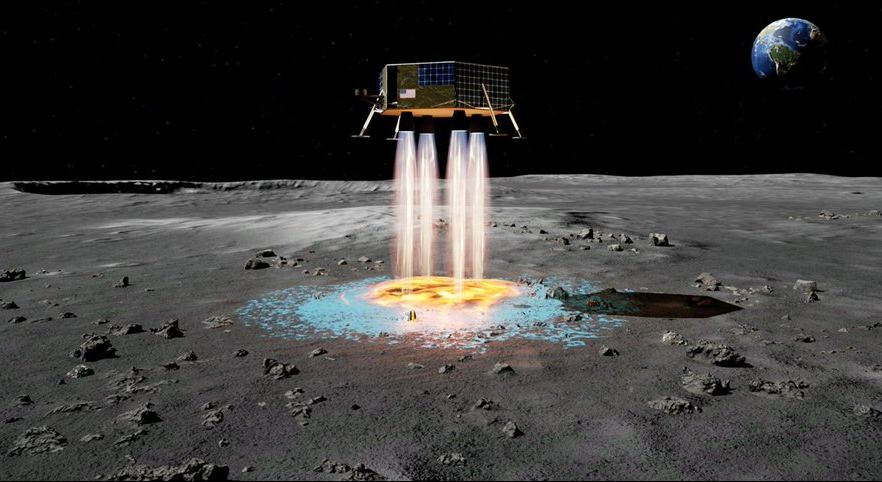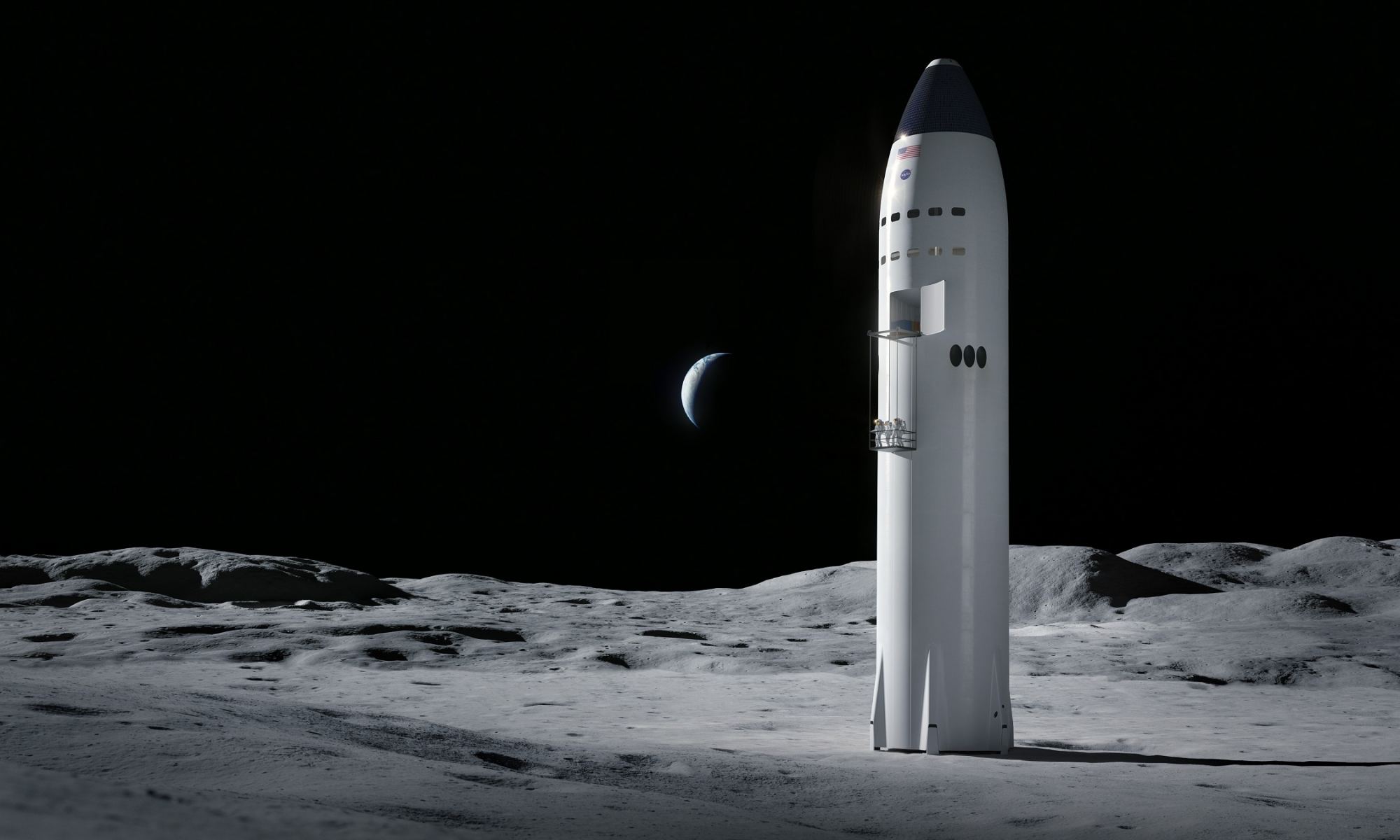The Artemis Program represents NASA’s effort to return to the Moon. One of the goals of the project is to set up long-term exploration of the Earth’s only natural satellite. This will need much bulkier equipment than what the Apollo astronauts carried though, and this equipment needs to be transported to the Moon’s surface. Blue Origin and SpaceX, contracted by NASA to provide human landing systems, have begun developing vehicles that can safely deliver this equipment from space to the Moon’s surface.
Continue reading “NASA Wants Heavy Cargo Landers for the Moon”Japan’s Lunar Lander Survives its Third Lunar Night
Space travel and exploration was never going to be easy. Failures are sadly all too common but it’s wonderful to see missions exceed expectations. The Japanese Space Agency’s SLIM lunar lander was only supposed to survive a single day but it’s survived three brutal, harsh lunar nights and is still going. The temperatures plummet to -170C at night and the lander was never designed to operate into the night. Even sat upside down on the surface it’s still sending back pictures and data.
Continue reading “Japan’s Lunar Lander Survives its Third Lunar Night”Lunar Night Permanently Ends the Odysseus Mission
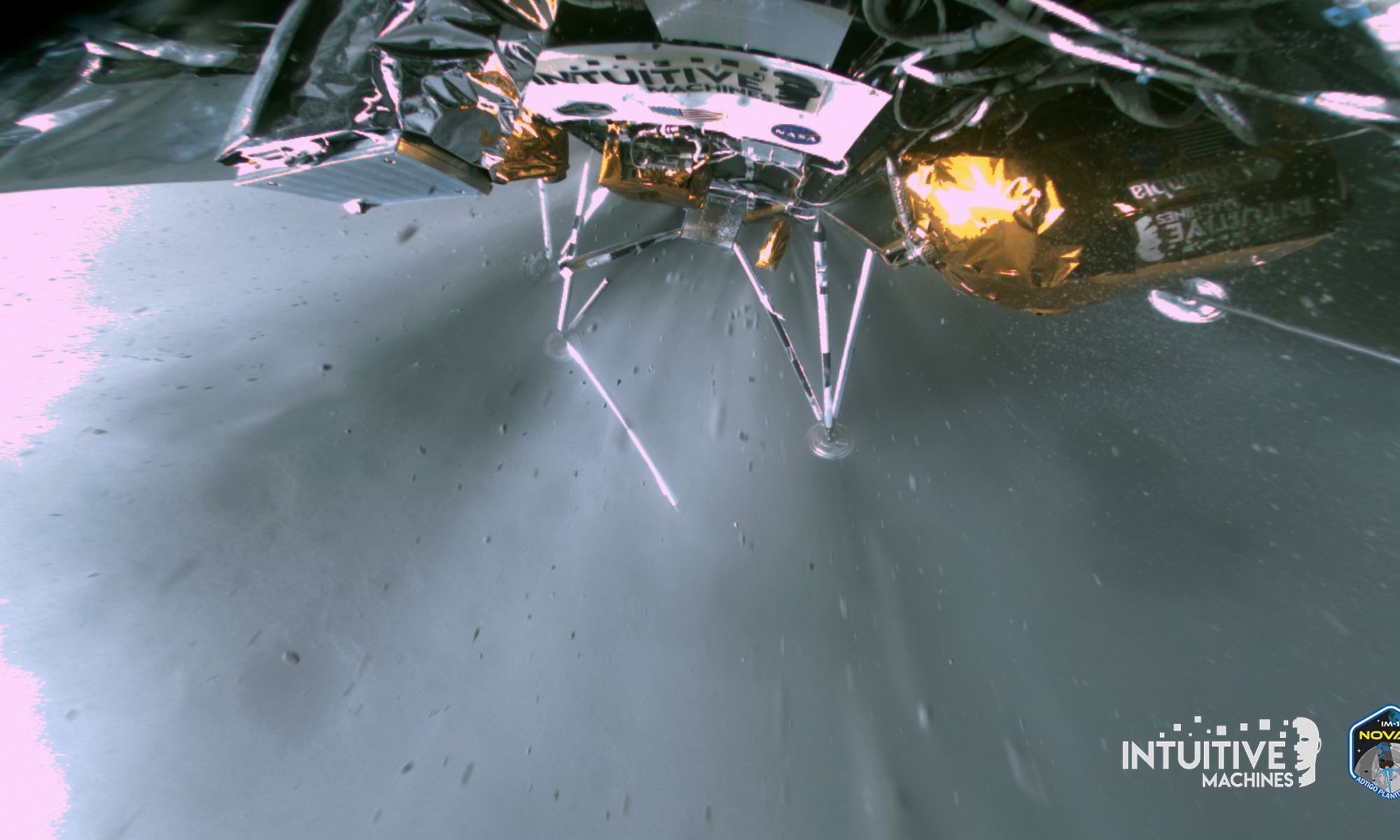
On February 15th, Intuitive Machines (IM) launched its first Nova-C class spacecraft from Kennedy Space Center in Florida atop a SpaceX Falcon 9 rocket. On February 22nd, the spacecraft – codenamed Odysseus (or “Odie”) – became the first American-built vehicle to soft-land on the lunar surface since the Apollo 17 mission in 1972. While the landing was a bit bumpy (Odysseus fell on its side), the IM-1 mission successfully demonstrated technologies and systems that will assist NASA in establishing a “sustained program of lunar exploration and development.”
After seven days of operation on the lunar surface, Intuitive Machines announced on February 29th that the mission had ended with the onset of lunar night. While the lander was not intended to remain operational during the lunar night, flight controllers at Houston set Odysseus into a configuration that would “call home” if it made it through the two weeks of darkness. As of March 23rd, the company announced that their flight controllers’ predictions were correct and that Odie would not be making any more calls home.
Continue reading “Lunar Night Permanently Ends the Odysseus Mission”China's Chang'e-8 Mission Will Try to Make Bricks on the Moon
The China National Space Administration (CNSA) has put out a call for international and industry partners to contribute science payloads to its Chang’e-8 lunar lander, set for launch to the Moon in 2028. The mission, which will involve a lander, a rover, and a utility robot, will be China’s first attempt at in-situ resource utilization on the Moon, using lunar regolith to produce brick-like building materials.
Continue reading “China's Chang'e-8 Mission Will Try to Make Bricks on the Moon”China Showcases its Lunar Exploration Plans

The China National Space Agency (CNSA) has drawn a lot of attention to its space programs in recent years. In addition to their Tiangong space station and crewed missions to Low Earth Orbit (LEO), there’s also been a lot of buzz surrounding the China Manned Space Agency (CMSA) and its Human Lunar Space Program. The high points have included the announcement of the International Lunar Research Station (ILRS) – a joint operation with Roscosmos – and shared concept art for their next-generation spacecraft and lunar lander.
As always, what we know about China’s plans for space exploration is limited to snippets of news, public statements, and the occasional video, which are the direct result of state-controlled media and tight secrecy regarding the country’s space program. The latest is a bootleg video that recently appeared online, which shows a video presentation that provides some insight into China’s long-term plans for crewed lunar exploration. The video is captioned with the words “China’s lunar space station and development of lunar molten cave base plan,” and it certainly lives up to that description!
Continue reading “China Showcases its Lunar Exploration Plans”Masten Space is Building a Lunar Lander for NASA. Also, They Just Filed for Bankruptcy
If you’re a fan of the commercial space industry (aka. NewSpace), then the name Masten Space Systems is sure to ring a bell. For years, this California-based aerospace company has been developing delivery systems to accommodate payloads to the Moon, Mars, and beyond. This included Xoie, the lander concept that won the $1 million Northrop Grumman Lunar X-Prize in 2009, their Xombie and Xodiac reusable terrestrial landers, and the in-Flight Alumina Spray Technique (FAST) that would allow lunar landers to create their own landing pads.
But perhaps their biggest feat was the Xelene Lunar Lander (XL-1) that they developed in partnership with the NASA Lunar CATALYST program. This lander was one of several robotic systems enlisted by NASA to deliver cargo to the Moon in support of the Artemis Program. This included the Masten-1 mission, which was scheduled to land a payload Moon’s southern polar region in 2023. The company was scheduled to make a second delivery (Masten-2) by 2024, one year before the first Artemis astronauts arrived. But according to a statement issued on July 28th, the company has filed for Chapter 11 and is bankrupt!
Continue reading “Masten Space is Building a Lunar Lander for NASA. Also, They Just Filed for Bankruptcy”NASA’s Target for Landing the First Artemis Astronauts on the Moon Slips to 2025
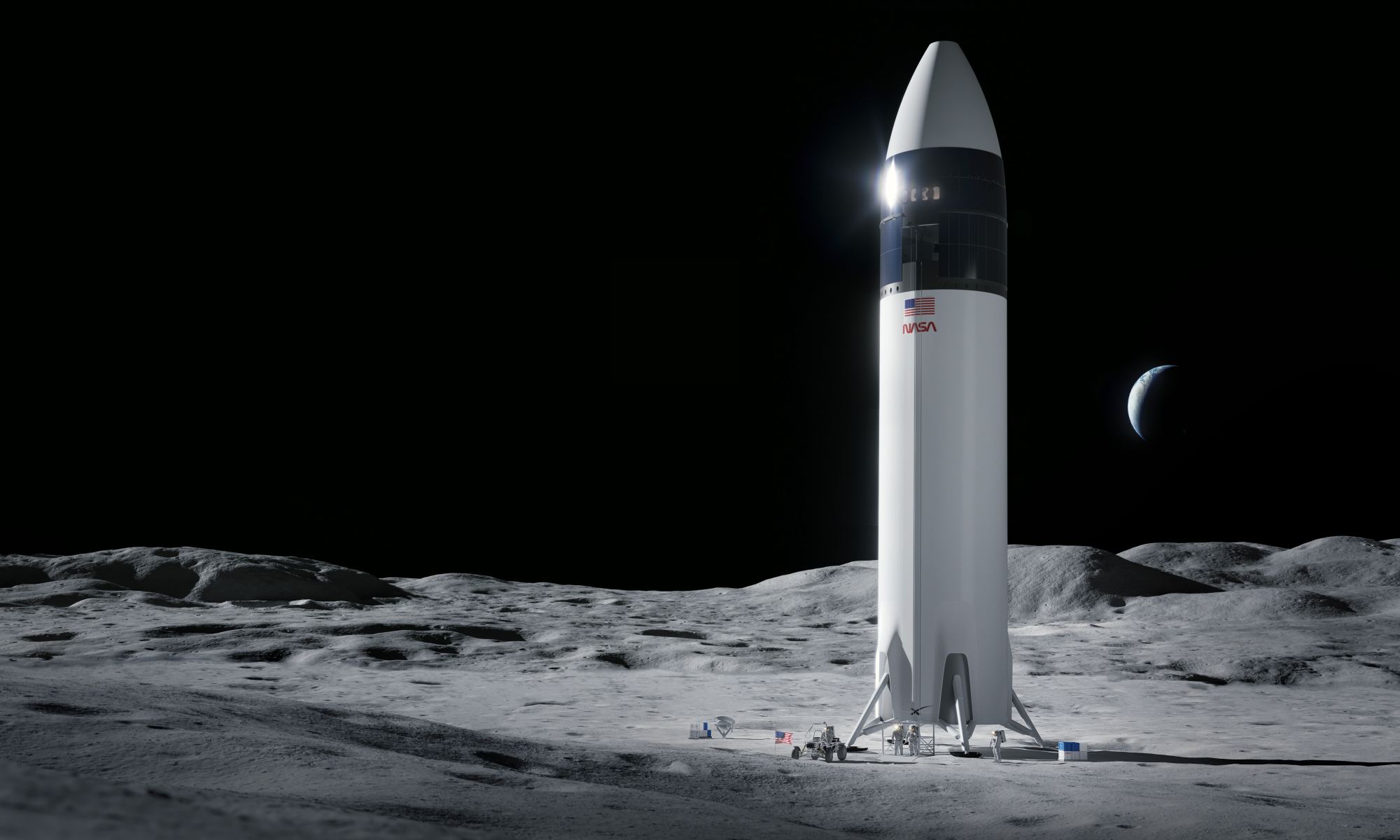
NASA has pushed back the timetable for landing astronauts on the moon for the first time in more than a half-century from 2024 to no earlier than 2025.
Blue Origin’s unsuccessful legal challenge to a $2.9 billion lunar lander contract awarded to SpaceX was one of the factors behind the delay in the Artemis moon program, NASA Administrator Bill Nelson said during a Nov. 9 teleconference.
Nelson also pointed to Congress’ previous decisions not to fund the lander program as fully as NASA wanted, plus delays forced by the COVID-19 pandemic and the fact that “the Trump administration target of a 2024 human landing was not grounded in technical feasibility.”
“After having taken a good look under the hood these past six months, it’s clear to me that the agency will need to make serious changes for the long-term success of the program,” he told reporters.
Continue reading “NASA’s Target for Landing the First Artemis Astronauts on the Moon Slips to 2025”Lunar Landers Could Spray Instant Landing Pads as They Arrive at the Moon
Space exploration requires all kinds of interesting solutions to complex problems. There is a branch of NASA designed to support the innovators trying to solve those problems – the Institute for Advanced Concepts (NIAC). They occasionally hand out grant funding to worthy projects trying to tackle some of these challenges. The results from one of those grants are now in, and they are intriguing. A team from Masten Space Systems, supported by Honeybee Robotics, Texas A&M, and the University of Central Florida, came up with a way a lunar lander could deposit its own landing pad on the way down.
Continue reading “Lunar Landers Could Spray Instant Landing Pads as They Arrive at the Moon”Musk Says That Refueling Starship for Lunar Landings Will Take 8 Launches (Maybe 4)
The fight over who gets to take the Artemis astronauts back to the Moon continues! It all began when NASA announced that they had awarded the contract for its Human Landing System (HLS), the reusable lunar lander that would ferry the Artemis III astronauts to the lunar surface. This decision did not sit well with the other two finalists, Blue Origin and Dynetics, who appealed the decision because NASA was showing “favoritism.”
The Government Accountability Office (GAO) rejected these appeals, which has prompted Blue Origin founder Jeff Bezos to bring out the big guns. In addition to filing a lawsuit in federal court and lobbying Congress, they have also waged a public relations war against SpaceX itself, calling their safety record and into question. In response, Elon Musk took to Twitter to address Blue Origin’s claims and set the record straight.
Continue reading “Musk Says That Refueling Starship for Lunar Landings Will Take 8 Launches (Maybe 4)”Blue Origin Offers a $2 Billion Discount to get Back in the Lunar Lander Game
Blue Origin has been busy lately. They launched their founder, Jeff Bezos, into space and put a bid in on NASA’s new Lunar Lander project. While SpaceX won that contract back in April, Blue Origin has continued to fight for their right to supply the space agency with an alternative lander. And recently, their not-quite-an-astronaut chief had added another fuel to the fire by offering to take $2 billion off the price tag of a Blue Origin lander.
Continue reading “Blue Origin Offers a $2 Billion Discount to get Back in the Lunar Lander Game”


